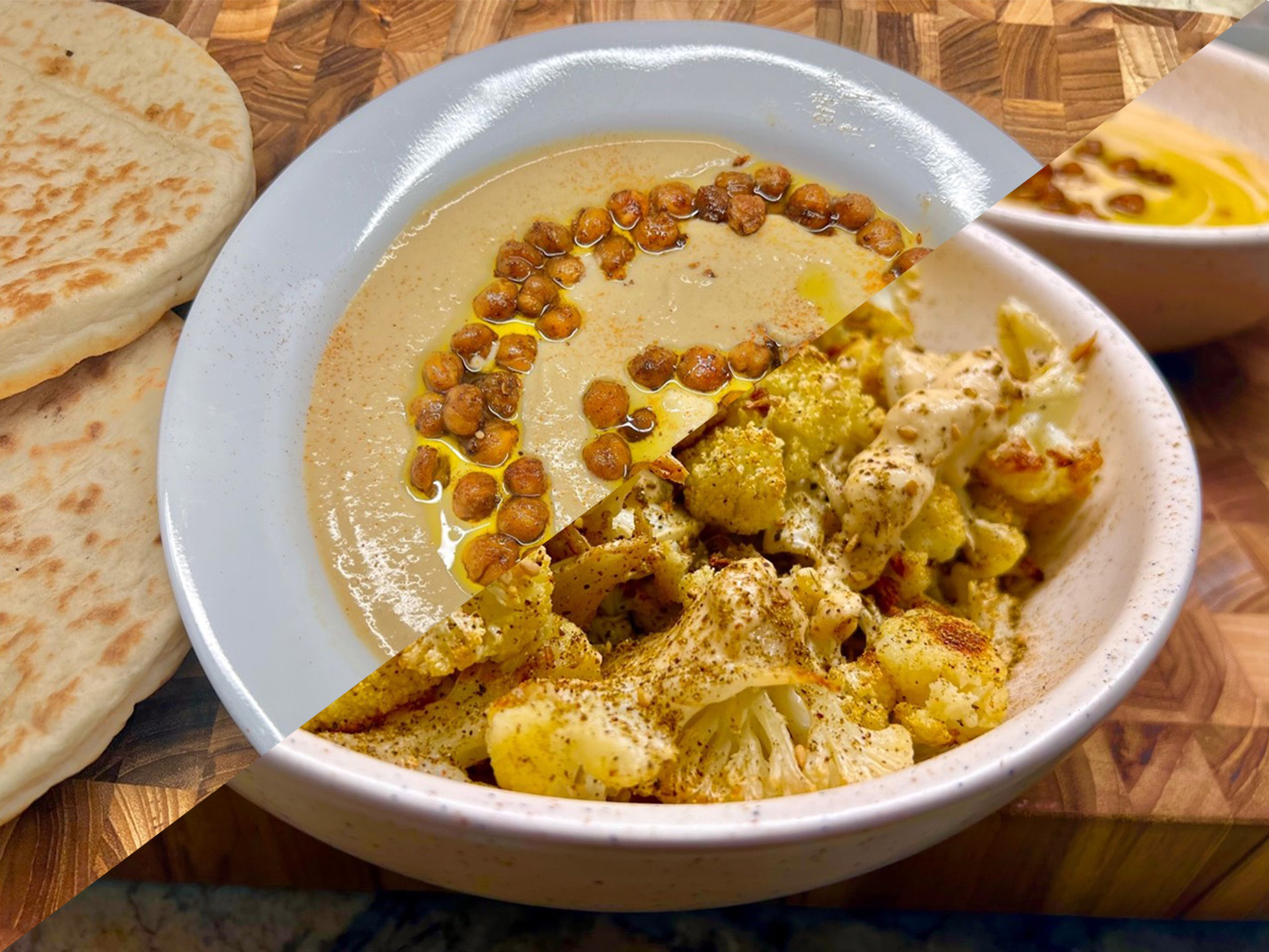
The Proven Platter – February 2024 Lebanon
This month, Together Women Rise features a Transformation Partnership Grant to support Equality Now’s work to achieve legal gender equality, end harmful practices, end sexual violence, and end sexual exploitation. This work is global, so while we don’t feature a specific country, we invite you to peruse our full recipe archive with recipes from all over the world, and try these light and delicious new recipes from co-curator Vinola Munyon, which are inspired by the cuisine of Lebanon.
Lebanese cuisine has a long history and culinary tradition, but here in the USA, it is often grouped in with the cuisine of the broader region. It falls within what has come to be recognized as “Mediterranean cuisine” or also “Cuisine of the Middle East.” Lebanese cuisine is more than just the sum of those ancient culinary traditions; it also has strong influences from its more recent history of being part of the Ottoman empire (Turkish cuisine) and a French colony (French cuisine). The dishes are built on seasonal ingredients, plant-forward, and prepared largely based on grilling, braising or baking techniques. Fish, lamb and chicken are the preferred animal proteins.
Mezze is a family-style meal made of a number of small plate dishes ranging from dips such as hummus and baba ghanoush, vegetables (pickled or fresh or cooked), pita bread, and even some proteins. The recipe for this month is a small taste of a mezze consisting of a cold dip (hummus) and a warm vegetable (cauliflower).
Hummus is a chickpea and tahini dip that in the Lebanese tradition is typically topped with vegetables or an animal protein (typically lamb). Here we will top it with crispy chickpeas. Lebanese Arnabeet Mekle is fried cauliflower that is drizzled with a tarator sauce. We will be baking the cauliflower instead of frying. The tarator sauce is a tahini sauce that you can opt to skip. Serve with warm pita.
Lebanese Hummus and Arnabeet with Tarator sauce
Ingredients:
Crispy chickpea topping
1 15 ounce can chickpeas (garbanzo beans)
2 tablespoons olive oil
¼ teaspoon salt
1 teaspoon paprika
Arnabeet Mekle
1 head cauliflower
2 tablespoons olive oil
½ teaspoon salt
½ teaspoon zaa’tar spice
Tarator sauce
¼ cup tahini
¼ cup water
2 tablespoons lemon juice
½ teaspoon garlic powder
Salt, to taste
Hummus
2 15 ounce cans chickpeas (garbanzo beans)
¼ cup tahini
¼ cup extra virgin olive oil
1/3 cup lemon juice, freshly squeezed preferred
2 cloves garlic
½ teaspoon salt
½ teaspoon paprika
1 ice cube
Instructions:
Preheat the oven to 450F. Drain and rinse the can of chickpeas for the crispy chickpea topping. Dry the chickpeas on paper towels or a clean kitchen towel. (If the chickpeas are not dry, they will not crisp in the oven.) Once the chickpeas are dry, add olive oil, salt and paprika and mix well to coat. Line a baking sheet with foil and spread the chickpeas so they do not touch. Bake in the preheated oven for 20 minutes or until crispy.
While the crispy chickpea topping is in the oven, prepare the cauliflower. Cut the cauliflower into bite sized florets Toss with olive oil, za’atar, and salt. Spread the florets on a baking sheet lined with foil. Pop into the oven that the chickpeas are baking in and bake for 30 minutes or until crispy. (There should be browning.)
While the crispy chickpeas and cauliflower are baking, prepare the hummus. Drain the 2 additional cans of chickpeas. It is not necessary to rinse them for the hummus.To a blender, add the chickpeas, garlic, tahini, ice cubes, salt, and paprika and blend. Blend until smooth, almost to a whipped consistency. Pour and set aside in a bowl.
Top the hummus with crispy chickpeas and drizzle with some extra virgin olive oil.
If making the tarator sauce, combine the tahini, lemon juice, garlic powder, salt, and water. Stir well. Drizzle the sauce on the cauliflower.
Serve hummus and arnabeet with warm pita bread.
Recipes and photo credit: Vinola V. Munyon
